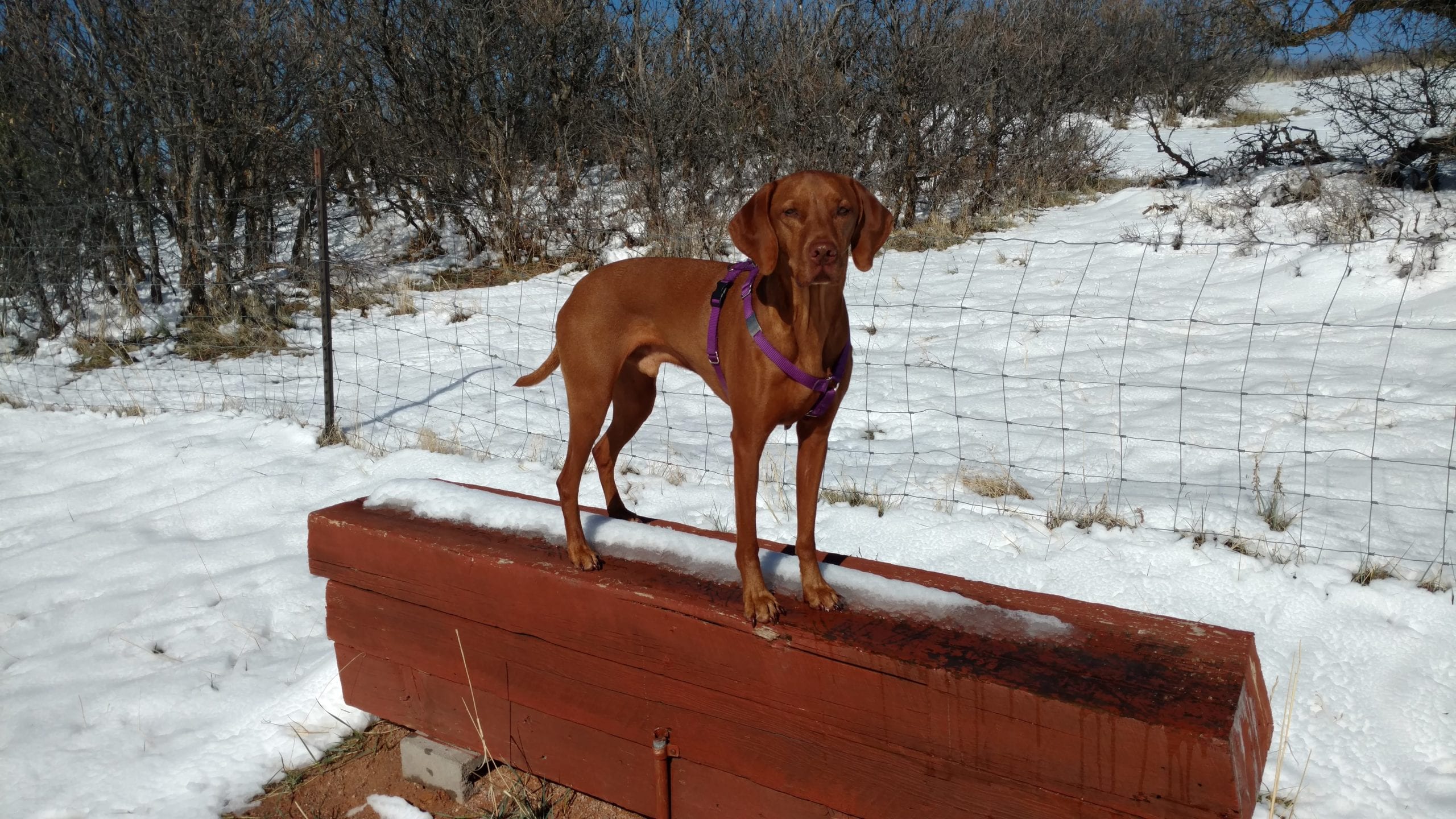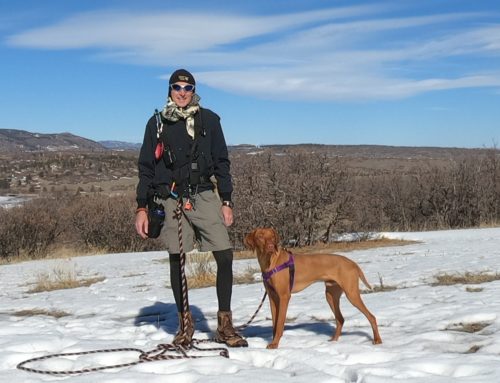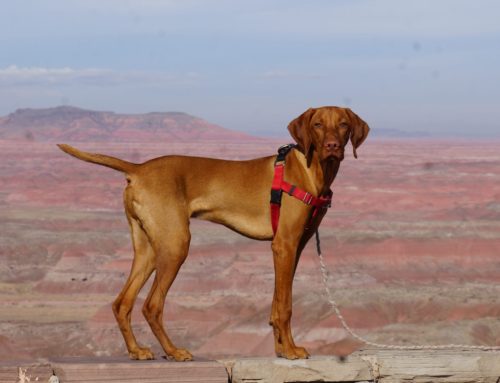This is a question I received via a discussion thread and I am reposting my contributions to the thread here.
As a rule of thumb, natural.organic is always a 50% margin. If selling through UNFI, Tree, etc. there might need to be another 15% added in for them, for a total margin of 65% to WFM, or maybe higher, depending upon the product and category.
I say might because other factors go into whether WFM carries your product and their markup. I once sold products only to natural distributors – UNFI, Tree, etc, but did not sell the retailers direct to purchase from UNFI. I was more focused on club, mass, grocery, drug and was also running a national TV campaign. I found my products in natural channel stores at a 50% margin, which means they must have a margin of only 35% to account for UNFI’s 15%. In this case, because I was running a national TV campaign, I think the retailers in natural were willing to take less margin because the product was likely to turn more from the marketing.
So that is why margins are not so cut and dry…many other factors can affect it, but as a rule, I always use 50% for WFM, plus 15% for UNFI. If there is anyway you can approach WFM from a position of strength – i.e. – you’ve got external marketing, or an aggressive demo plan scheduled, etc, then you might be able to negotiate better margins.
And…
I see natural brokers asking for 7% plus draw of $250-$750/mo. All other channels is 5% and possibly no draw. For tradepsend (ad supports, samples, shelf fees, etc), I use 3% for natural and as high as 20% in first year for grocery and drug (13%-15% per year thereafter). I do not see as high a tradespend costs in natural as I do in grocery and drug. But, demos cost $150 a pop (not including product samples) at WFM, which I estimate then on top of the 3%. They can get very expensive. I try to amortize all tradespend over 1 year to really know what my costs vs revenue is and how bad I might be in the hole that first year. It is very hard as Josef says to figure out all of that in a proforma, but still worth doing upfront so you have a ballpark of what to expect.
And…
Growing in CPG is a challenge because it takes cash to fund inventory and entry to retail, if you go the retail route. This is especially the case for natural/organic products with high COGS sold to WFM and that natural channel. And as along as you are growing, you will generally need more and more cash (unless your expenses are so low that its easy to turn a profit and you can use them to fund growth). In my experience, the first few million in sales, at least, is about surviving and minimizing cash flow burn.
As a result, I highly encourage companies to maximize their online sales (and SEO, PPC, email, social and content marketing), even before going to retail, because amazing sales and brand awareness can be driven here before pushing into retail, and there is usually less of a cash drain with an online-only strategy
Or, if you do have the cash, consider direct response marketing (DR), along with online, before retail (DR won’t work for all products). If you build your brand awareness and demand for your product first, either through online or DR or some other method (viral, direct sales via consultants – think Avon), then it may be an easier sell to category buyers and you might negotiate better terms.





